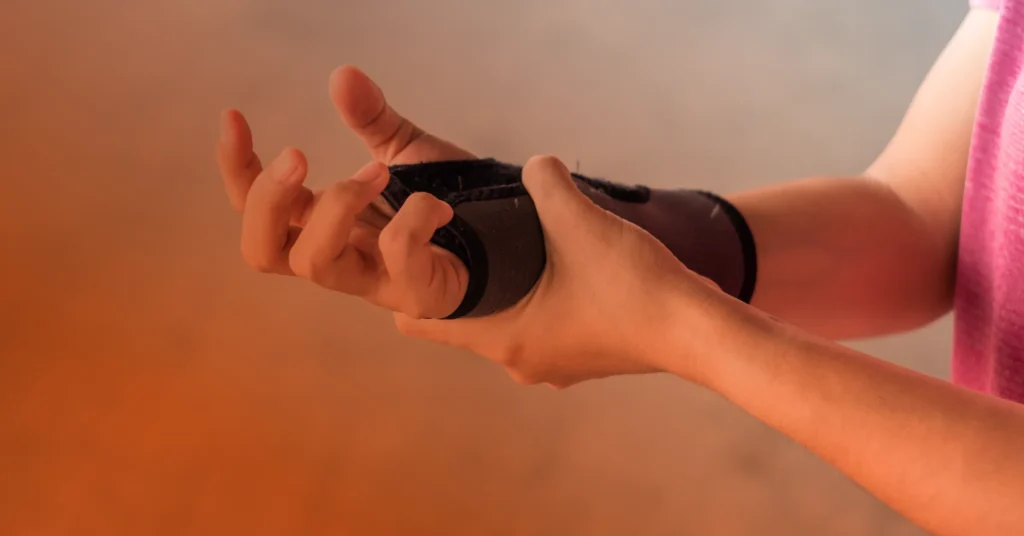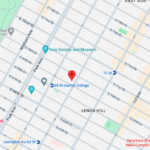New York Bone & Joint Specialists’ Dr. Christopher Martin is back to talk about de Quervain’s tenosynovitis.
De Quervain’s tenosynovitis is a painful condition that affects the tendons on the thumb side of the wrist. It typically causes discomfort at the base of the thumb, especially with certain thumb movements, such as extension and abduction, or with specific wrist motions, like extension.
Causes
De Quervain’s tenosynovitis is usually a result of overuse of the wrist or thumb. Overuse is usually caused by activities involving gripping, pinching, and twisting of the wrist.
Activities that can result in de Quervain’s tenosynovitis include racquet sports, texting, typing, or heavy lifting. Sometimes, acute trauma to the thumb side of the wrist may also cause symptoms of de Quervain’s tenosynovitis.
In some cases, acute trauma to the thumb side of the wrist can also trigger symptoms. Repetitive overuse or trauma leads to irritation and swelling of the tendons in this area, resulting in pain.
Symptoms
The most common symptom of de Quervain’s tenosynovitis is pain and swelling at the base of the thumb. Pain may radiate up the thumb side of the forearm. Pain is usually exacerbated by movement of the thumb or wrist or by gripping heavy objects. Pain may also be exacerbated by daily activities such as opening up a jar or using a smartphone. Pain is usually gradual in onset.
Risk factors
Several factors may increase the risk of developing de Quervain’s tenosynovitis, including:
- Overuse through activities like golf, racquet sports, prolonged use of smartphones, and typing
- Trauma to the wrist or thumb
- Postpartum changes and hormonal shifts
Diagnosis
A healthcare provider can usually diagnose de Quervain’s tenosynovitis based on history and physical examination. A diagnostic ultrasound can be used to confirm the diagnosis by visualizing inflammation in the tendons, excluding other causes of pain, and diagnosing any tears in the tendons. X-rays may also be performed to rule out other causes of pain at the wrist or base of the thumb related to the bones of the wrist or thumb.
Treatment
Treatment of de Quervain’s tenosynovitis usually includes rest, activity modification, oral medications (NSAIDs), icing as needed, and utilization of certain splints such as a thumb spica splint. If conservative treatment fails, steroid injections, like corticosteroids or platelet-rich plasma (PRP), may be used to decrease pain and reduce inflammation.
Rarely, surgery may be needed to treat more resistant cases that do not respond to conservative treatment.
If you are experiencing persistent pain at the base of your thumb or wrist, particularly with repetitive movements, and your symptoms do not improve with rest, splinting, or over-the-counter medications, schedule a consultation with me. I’ll help you return to your daily activities pain-free.





